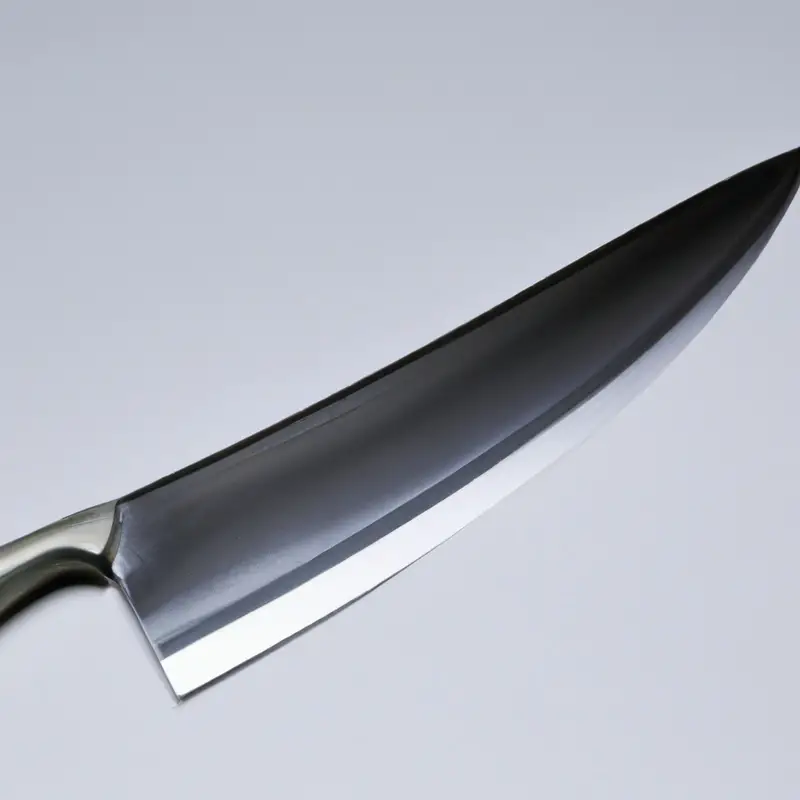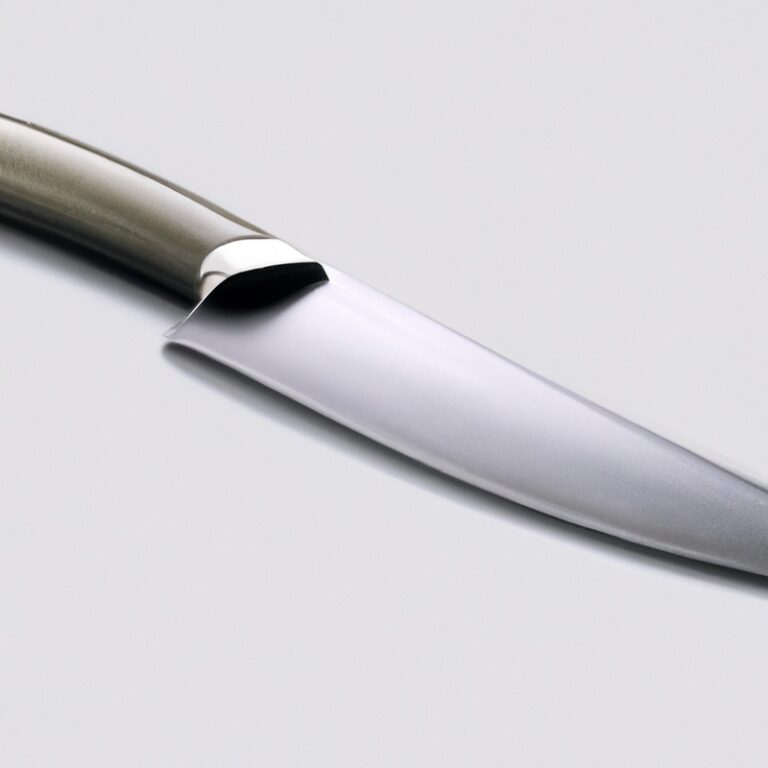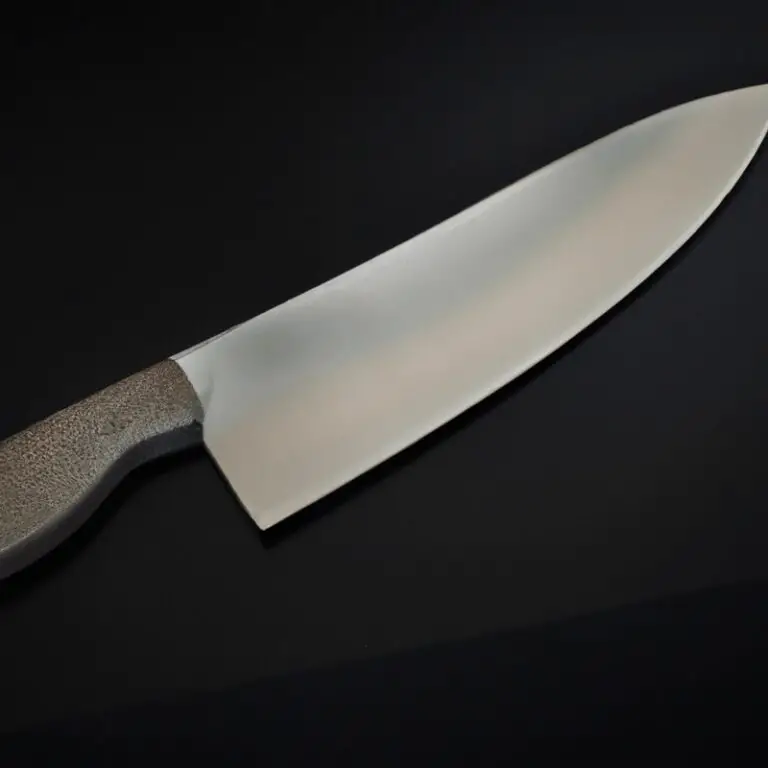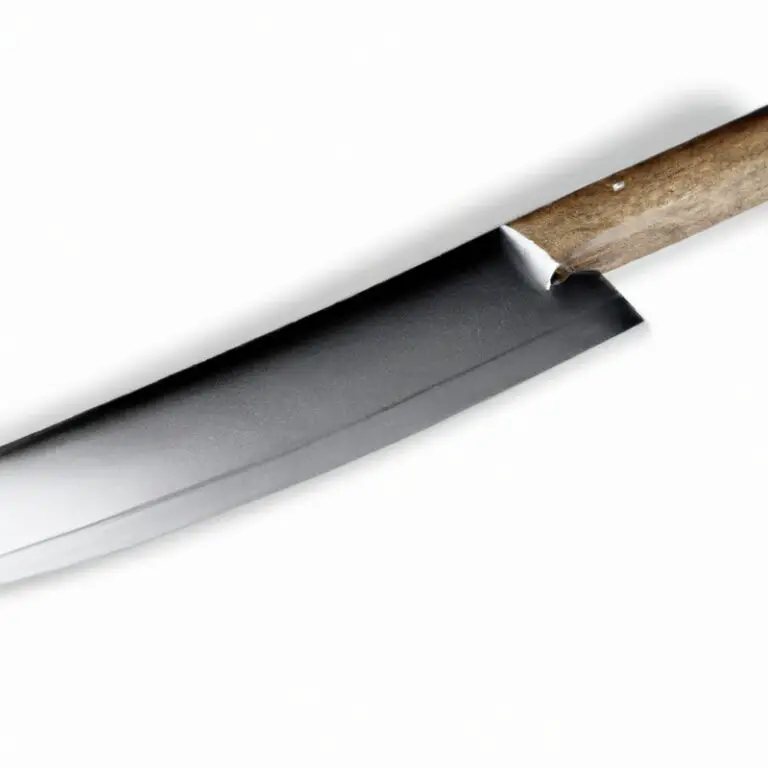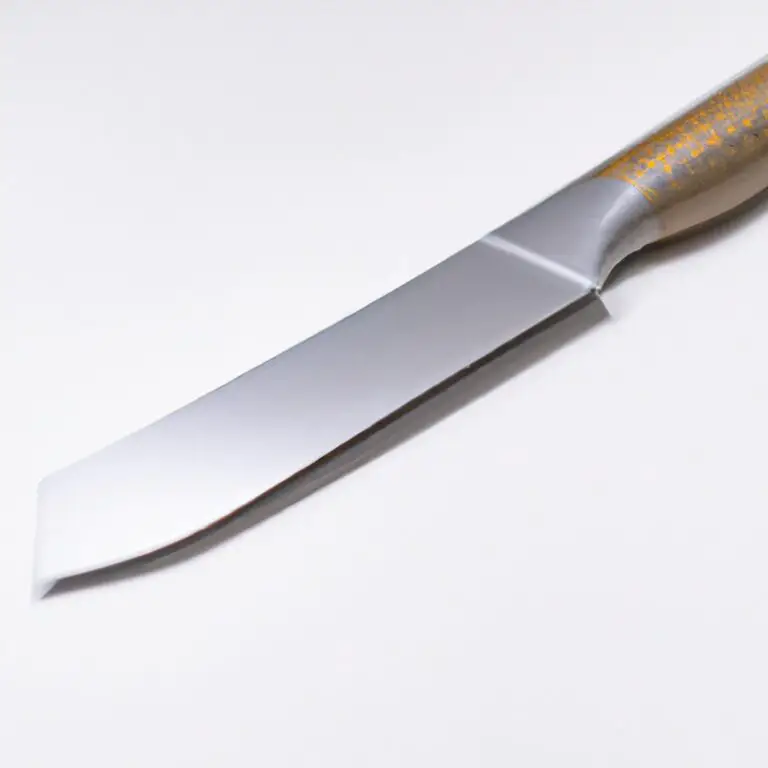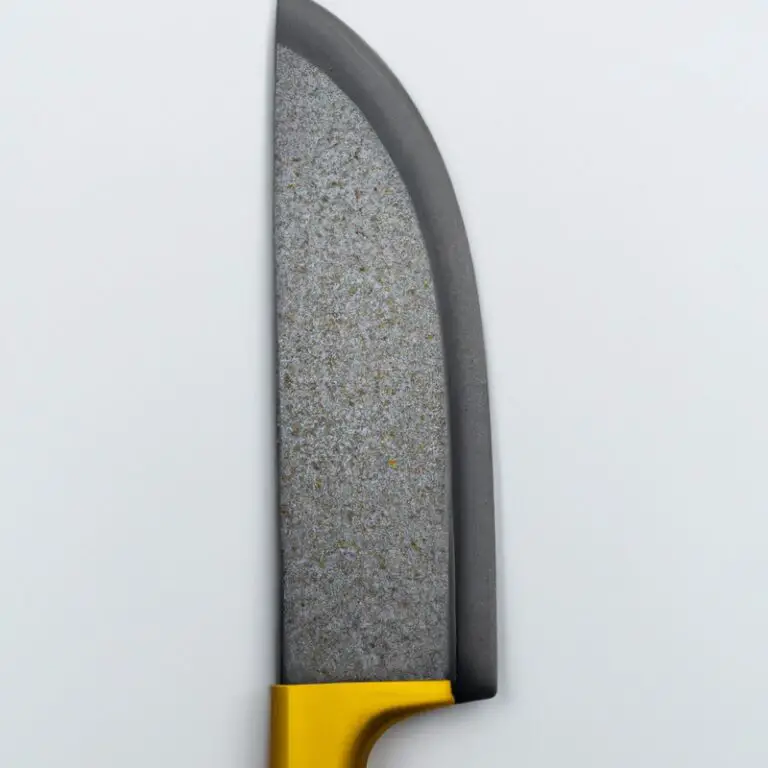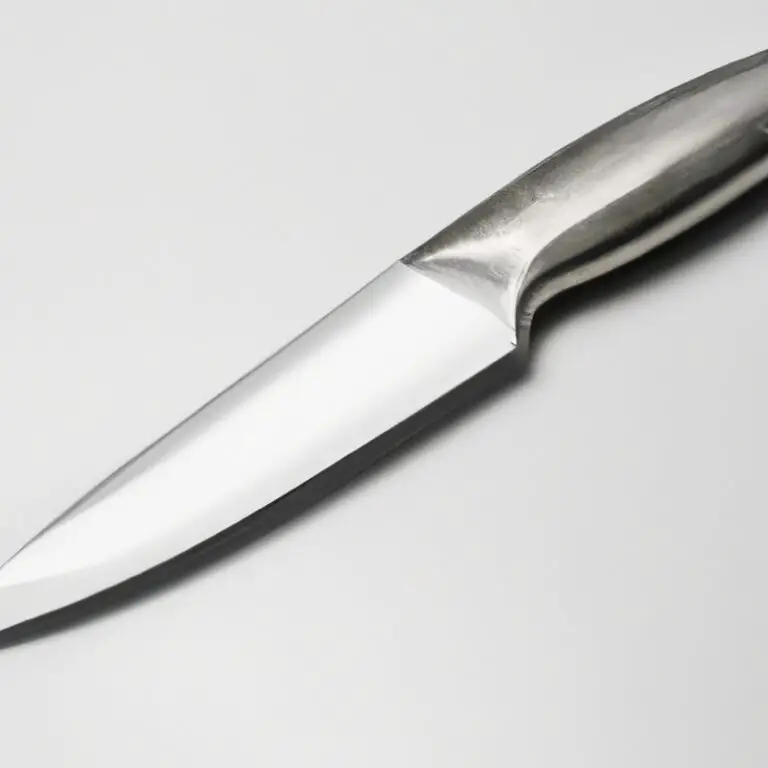How To Properly Soak And Prepare Sharpening Stones For Gyuto Knives? Pro Tips
Key Takeaways:
- Soaking and preparing sharpening stones is crucial for maintaining the sharpness of your Gyuto knife.
- Soaking time varies depending on the type of stone, but generally, 10-15 minutes is sufficient for most stones.
- Use a flattening stone to maintain the flatness of the sharpening stone and ensure consistent sharpening results.
- Properly cleaning and storing your sharpening stones will extend their lifespan and keep them in good condition for future use.
Are you tired of having dull blades while preparing meals? The secret to achieving a razor-sharp edge lies in properly soaking and preparing your sharpening stones.
As a professional chef, I know the importance of this process when it comes to maintaining the quality of the Gyuto knives.
In this article, I am going to explain why the proper soaking and preparing of sharpening stones is critical, what materials you will need, and how often you should do it. From common mistakes to avoid to techniques for achieving the right consistency, you’ll learn everything you need to know to keep your Gyuto knives sharp.
| Step | Description |
|---|---|
| Step 1 | Fill a bowl or sink with warm water. Place sharpening stone(s) in the water, making sure they are completely submerged. |
| Step 2 | Let the stone(s) soak for at least 10 minutes. This allows the stone to fully absorb the water, which is necessary for effective sharpening. |
| Step 3 | After soaking, use a flattening stone to level any unevenness on the sharpening stone(s). This helps ensure an even sharpening surface. |
| Step 4 | Remove the sharpening stone(s) from the water and place them on a towel or other absorbent surface. Use a separate towel to dry the stone(s) off completely. |
| Step 5 | Apply honing oil to the stone(s) before using them to sharpen a Gyuto knife. This ensures a smoother sharpening process and prolongs the life of the stone(s). |
| Step 6 | Begin sharpening the knife, making sure to maintain a consistent angle and pressure on the stone(s). |
Why Properly Soaking and Preparing Sharpening Stones is Important
Properly soaking and preparing sharpening stones is important because it ensures the longevity and effectiveness of your knives. Soaking the stone before use helps to prevent the stone from drying out and potentially cracking while also enhancing its abrasive qualities.
Preparing the stone by flattening and cleaning it removes any debris or clogged pores, ensuring a consistent sharpening surface.
Neglecting to properly soak and prepare your sharpening stones can lead to uneven sharpening, damage to the knife, and a shortened lifespan of the stone.
Materials Needed for Soaking and Preparing Sharpening Stones
To properly soak and prepare sharpening stones for Gyuto knives, there are a few materials you’ll need:
- Sharpening stones: There are various types of sharpening stones available in the market, including synthetic, diamond, natural, and ceramic stones. Choose the one that suits your needs.
- A container: You need a bowl or container to soak your sharpening stones. Make sure it’s big enough to accommodate the stones you’re using.
- Water: You’ll need to soak your sharpening stones in water for a certain period before use. Distilled water is the best option, but tap water is also fine.
- A flattening stone: Over time, sharpening stones can become concave or convex, which affects their sharpening ability. A flattening stone can be used to level your sharpening stone before use.
- A towel: You’ll need a towel to dry the sharpening stone once it’s done soaking.
- Safety gear: Sharpening knives can be dangerous, so it’s essential to wear protective gear, such as gloves or goggles, to avoid injury.
Having these materials on hand is essential to prepare your sharpening stones for Gyuto knives, ensuring they’re ready to use and perform at their best.
Step-by-Step Guide to Properly Soak Sharpening Stones
Step-by-Step Guide to Properly Soak Sharpening Stones:
- Fill a container with enough water to completely submerge the sharpening stone
- Place the sharpening stone in the water and let it soak for at least 10 minutes
- Check the instructions for your specific stone, as some may require a longer soak time or a different type of liquid
- After soaking, remove the stone from the water and allow it to air dry completely before use
Step-by-Step Guide to Properly Prepare Sharpening Stones
To properly prepare sharpening stones for Gyuto knives, follow these step-by-step instructions:
- Clean the stone: Scrub the stone with a soft-bristled brush and water to remove any dirt, grime, or debris.
- Soak the stone: Submerge the stone in water for the specified amount of time, usually between 10 and 20 minutes.
- Level the stone: After soaking, flatten the surface of the stone with a leveling tool to ensure that the surface is even.
- Apply honing oil: Apply honing oil to the stone and spread it evenly across the surface.
- Begin sharpening: Place the blade at the appropriate angle and use a back-and-forth motion to sharpen the blade.
- Alternate sides: After a few strokes on one side, switch over to the other side of the blade and repeat.
- Rinse and dry: Once finished, rinse the stone with water and dry it with a cloth.
Following these steps will ensure that your sharpening stones are properly prepared for sharpening your Gyuto knives.

Common Mistakes to Avoid When Soaking and Preparing Sharpening Stones
Common Mistakes to Avoid When Soaking and Preparing Sharpening Stones:
- Over-soaking: Soaking sharpening stones for too long can cause them to crack, weaken, or become too soft for use. Always refer to the manufacturer’s instructions for recommended soaking time.
- Using hot or boiling water: Avoid using hot or boiling water to soak your sharpening stones as it can cause them to crack or damage the bonding agents. Use room temperature water instead.
- Not cleaning the stones: Before soaking or using your sharpening stones, make sure they are clean and free of debris or residue. This can affect the sharpening process and damage your knives.
- Not flattening the stones: Over time, sharpening stones can become uneven, affecting the sharpening results. Always flatten your stones before use to ensure a consistent sharpening surface.
- Using the wrong grit: Using the wrong grit can damage your knives or provide a subpar sharpening result. Make sure to use the appropriate grit based on your knives’ condition or manufacturer’s recommendation.
By avoiding these common mistakes, you can prolong the lifespan of your sharpening stones and achieve better results when sharpening your Gyuto knives.
Tips for Maintaining Sharpening Stones Between Use
After you’ve soaked and prepared your sharpening stones for use, it’s important to maintain their quality between uses. Here are some tips to keep your sharpening stones in good condition:
- Always clean and dry the stones after use to prevent the accumulation of metal particles and dirt.
- To remove any small chips, flatten the surface of the stone with a lapping plate or sandpaper.
- Store your sharpening stones in a dry and cool place to prevent warping or cracking.
- Avoid dropping your sharpening stones as the impact may cause severe damage to the stone.
- Keep your sharpening stones level by placing them on a flat surface while in use.
Following these tips will protect your investment, prolong the lifespan of your sharpening stones, and ensure that your Gyuto knives are sharpened to perfection whenever you need them.
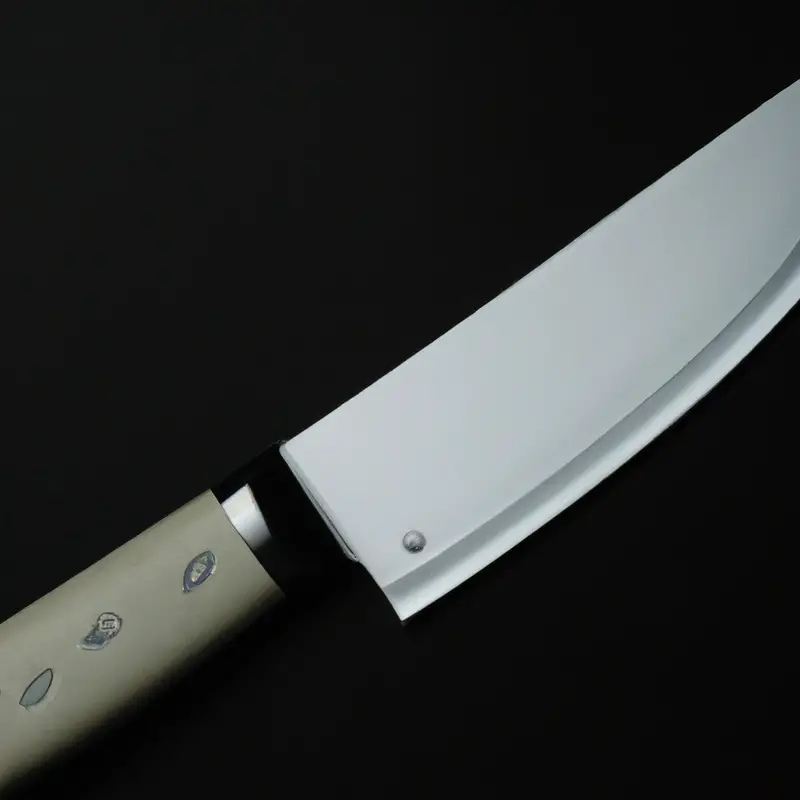
How Often Should You Soak and Prepare Sharpening Stones for Gyuto Knives
It is recommended to soak and prepare sharpening stones for Gyuto knives before each use. This ensures that the blade is sharpened to its maximum potential and maintains its edge for longer periods.
However, the frequency of soaking and preparing your sharpening stones ultimately depends on the type of stone and its materials.
Generally, diamond stones and ceramic stones should not be soaked, while water stones require soaking for a period of time before use. It is important to check the instructions provided with your specific sharpening stone to determine the recommended soaking time.
Additionally, it is important to regularly flatten your sharpening stone to ensure consistent usage and even sharpening.
This can be done with a flattening stone or a diamond plate as needed. Overall, maintaining a consistent routine for soaking and preparing your sharpening stones can lead to better sharpening results and an overall increase in the longevity of your Gyuto knife.
Techniques for Achieving the Right Sharpening Stone Consistency
Achieving the right sharpening stone consistency is key to properly sharpening your Gyuto knife. There are different techniques that you can use to ensure that your sharpening stones are consistent.
- Flattening the stone surface: Use a coarse flattening stone or a sandpaper to even out any irregularities or bumps on your sharpening stone. This will prevent any variations in the sharpening angle.
- Sharpening stone grit uniformity: Invest in high-quality sharpening stones that have been uniformly graded. This ensures that all the sharpening stones have a consistent abrasive grit.
- Consistent pressure: Apply a consistent and even pressure on the knife blade throughout the sharpening process. You can achieve this by using a sharpening jig or honing guide to hold the blade in place.
- Consistent angle: Maintain a consistent sharpening angle throughout the process. Use a sharpening angle guide to accurately measure your desired angle.
By following these techniques, you can achieve the right sharpening stone consistency and effectively sharpen your Gyuto knife with precision.
Sharpening Angle Techniques to Know for Gyuto Knives
Sharpening Angle Techniques to Know for Gyuto Knives: When it comes to sharpening Gyuto knives, blade angle plays a crucial role in the process. The angle between the blade and the sharpening surface determines the sharpness of the edge.
The correct angle for sharpening a Gyuto knife ranges between 10 to 15 degrees.
However, some experts suggest sharpening the Gyuto knife at a 20-degree angle for beginners. To achieve the correct angle, you can use a sharpening guide or sharpening stone with an angle guide built-in.
Before starting, make sure to set the guide to the correct angle for your Gyuto knife.
When sharpening, maintain a constant angle on both sides of the blade to ensure a consistent edge. There are several methods you can use to achieve the correct angle, such as the V-Sharpener, honing the blade’s side using a whetstone while following a 10 to 15-degree angle, and using a specialized sharpening tool called an Angle Guide.
It’s important to note that too low of an angle can make the blade too thin and fragile, while too high an angle can make the edge too blunt.
Thus, it is essential to strike a balance when choosing the angle. By mastering the correct knife sharpening angle techniques, you can keep your Gyuto knife sharp and functional for a long time.
Care and Maintenance Tips for Gyuto Knives After Sharpening
After sharpening your Gyuto knife, it’s essential to take care of it to maintain its sharpness and durability. Here are some care and maintenance tips for your Gyuto knife:
- Clean the blade with a soft cloth or sponge after each use, and avoid using abrasive materials to scrub it.
- Keep your knife dry to prevent rusting. Store it in a dry area and avoid leaving it in water or damp surfaces.
- Avoid cutting hard materials like bones, frozen foods, or hard cheeses that could damage or dull the blade.
- Use a honing steel regularly to maintain the edge, but be careful not to overdo it as it may remove the blade’s metal.
- Sharpen your Gyuto knife when you notice a decrease in its cutting performance. You can sharpen it using a sharpening stone or a professional sharpening service.
By following these care and maintenance tips, your Gyuto knife will stay sharp, durable, and in good condition for years to come.
Final Verdict
Properly soaking and preparing sharpening stones is crucial for maintaining the quality and longevity of your Gyuto knives. With the step-by-step guide and tips provided, you can achieve the right consistency and angle techniques that will enhance the sharpness of your knives.
Remember to avoid common mistakes and to maintain your stones regularly.
By following these guidelines, you can ensure that your Gyuto knives perform at their best, allowing you to achieve the precision and control you need in the kitchen. Trust in the knowledge and expertise presented in this article to properly care for your sharpening stones and knives, and elevate your culinary skills to the next level.

